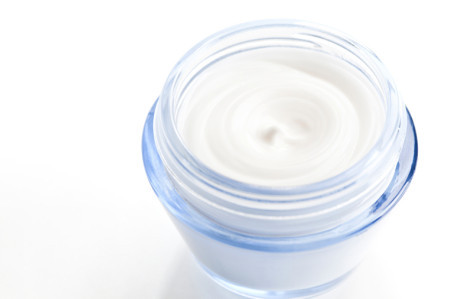Acne scars and fine lines don’t have to linger. Sofwave uses advanced ultrasound technology to stimulate collagen, smooth uneven texture, and soften wrinkles, all with little downtime. At Madfes...
Information
Pre & Post-Treatment Instructions
Medical Dermatology
Common Medical Skin Conditions
Cosmetic Treatments
What's New
Can UltraClear Laser Treat Under-Eye Circles and Puffiness?
The under-eye area often shows early signs of fatigue and aging, like puffiness and dark circles. UltraClear laser treatments offer a non-invasive way to improve skin tone and texture around the...
Can Sofwave Be Used on Other Areas Besides the Face?
If you've already tried the Sofwave treatment for your face, what else can it do? Can it tighten your neck, smooth your arms, or help with cellulite? The short answer is yes. At Madfes Dermatology...
CHEMICAL PEELS PRE-OP INSTRUCTIONS
Chemical Peels
- No sun exposure 1 week prior
- Patients must not be tan
- Book peels in advance up to 3 days before any major event
- An antiviral may be given if there is a history of cold sores ( i.e Acyclovir, Valtrex)
CHEMICAL PEELS POST-OP INSTRUCTIONS
BETA PEEL
For the next five days (starting today) or until flaking subsided:
- Stop all topical medications (i.e. Retin-A, Renova, acne medicines).
- Use a simple cleanser to wash your face twice a day.
- Apply morning and night, a small amount of cortisone sample to red areas only.
- Moisture cream should also be applied twice a day to the entire treatment area.
- Sunscreen. It is very important that you use sunscreen to prevent sun damage to the skin. Sunscreen should offer UVA and UVB protection and be SPF 30 or more. Once sloughing is complete, use sunscreen daily for at least 3 months after your last treatment. Apply sunscreen 20 minutes before going outside, and again, immediately before. Reapply every 2 hours. If direct sun exposure is necessary, wear a hat and clothing that will cover the treated area. Your practice of diligent sunscreen use may lower the risk of hyper pigmentation (darker color).
After the fifth day, resume your normal regimen. It is common after a peel to experience redness, dryness, increased sensitivity and tingling. Peeling may occur in the form of mild to severe flaking. In this case, use Aquaphor after applying cortisone cream/lotion. The peeling may continue for 7-14 days depending on the area treated.
If you have any questions, please call the office (212) 249-8118.
GLYCOLIC / MANDELIC ACID PEELS
For the next three days (starting today)
- Stop all topical medications (i.e. Retin-A, Renova, acne medicines).
- Use a simple cleanser to wash your face twice a day.
- Apply morning and night, a small amount of cortisone sample to red areas only.
- Moisture cream should also be applied twice a day to the entire treatment area.
- Sunscreen. It is very important that you use sunscreen to prevent sun damage to the skin. Sunscreen should offer UVA and UVB protection and be SPF 30 or more. Once sloughing is complete, use sunscreen daily for at least 3 months after your last treatment. Apply sunscreen 20 minutes before going outside, and again, immediately before. Reapply every 2 hours. If direct sun exposure is necessary, wear a hat and clothing that will cover the treated area. Your practice of diligent sunscreen use may lower the risk of hyper pigmentation (darker color).
After the third day, resume your normal regimen.
It is common after a treatment to experience redness, dryness, increased sensitivity and tingling. Peeling may occur in the form of mild to severe flaking depending upon which type of peel.
If you have any questions, please call the office (212) 249-8118.
TCA PEEL
For the next five days (starting today) or until flaking subsided:
- Stop all topical medications (i.e. Retin-A, Renova, acne medicines).
- Use a simple cleanser to wash your face twice a day.
- Apply morning and night, a small amount of cortisone sample to red areas only.
- Moisture cream should also be applied twice a day to the entire treatment area.
- Sunscreen. It is very important that you use sunscreen to prevent sun damage to the skin. Sunscreen should offer UVA and UVB protection and be SPF 30 or more. Once sloughing is complete, use sunscreen daily for at least 3 months after your last treatment. Apply sunscreen 20 minutes before going outside, and again, immediately before. Reapply every 2 hours. If direct sun exposure is necessary, wear a hat and clothing that will cover the treated area. Your practice of diligent sunscreen use may lower the risk of hyper pigmentation (darker color).
After the fifth day, resume your normal regimen. It is common after a peel to experience redness, dryness, increased sensitivity and tingling. Peeling may occur in the form of mild to severe flaking. In this case, use Aquaphor after applying cortisone cream/lotion. The peeling may continue for 7-14 days depending on the area treated.
If you have any questions, please call the office (212) 249-8118.


